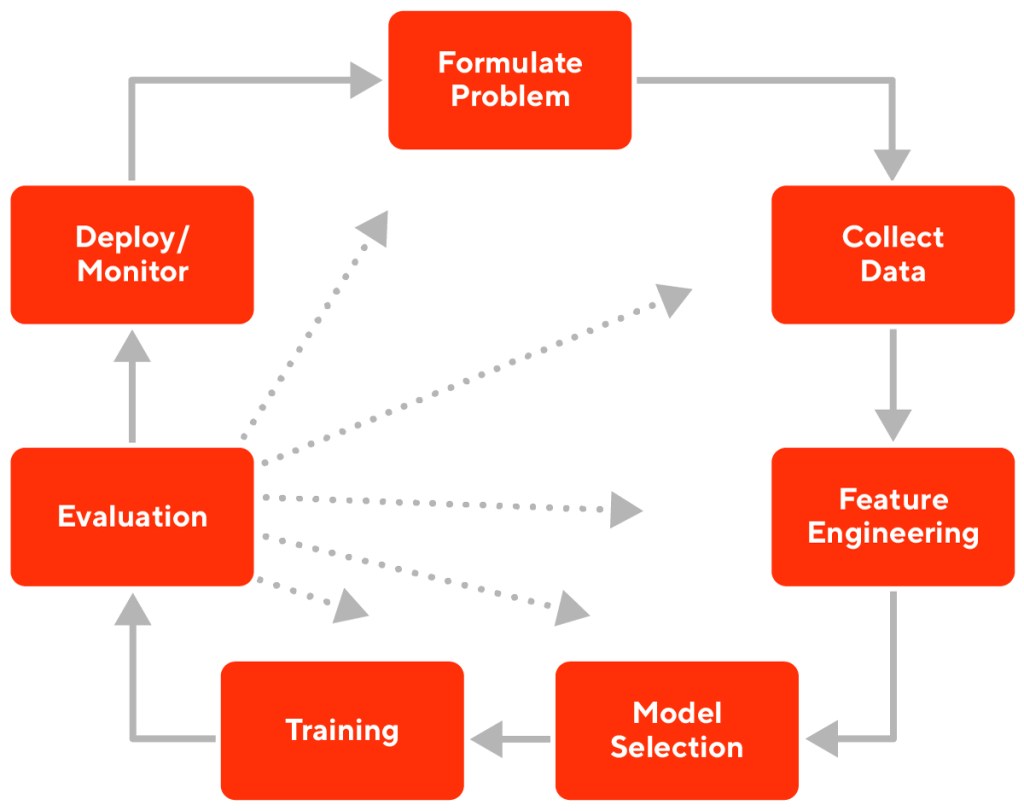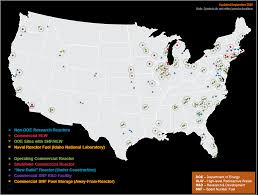
Although artificial intelligence has great potential in healthcare, the technology still needs to be extensively used. This technology is already being used in cardiac ultrasonography images. Caption Health has been awarded $4.95million by the Bill & Melinda Gates Foundation to develop AI guided lung ultrasound. In contrast, the drug development industry is plagued by skyrocketing development costs and thousands of human hours. Clinical trials currently cost $1.3B and only 10% find success on the market. Despite the difficulties, biopharmaceutical companies have begun to realize the efficiency and accuracy of AI-guided lung ultrasound.
Applications of AI in healthcare
Healthcare data from the EMR contain enormous databases of patient data that can be used to identify trends and develop predictive models. These databases can include past hospital encounters and lab test results, clinical narratives, etc. AI tools are able to spot patterns and forecast the future using such data. These AI applications can be used to improve patient care. This article will explore some of the most compelling uses for AI in healthcare.

The first major hurdle for AI in healthcare domains is adoption into daily clinical practice. Before AI systems become widespread in clinical practice there must be standardization, validation by regulators, training of clinicians, and funding by payers. These processes will take longer than the technological breakthroughs themselves. When technology is finally used in clinical settings, it must be constantly updated and improved. AI systems are not like other technological breakthroughs. They take years to mature.
Growth opportunities
AI is poised revolutionize the medical field. It is expected to improve drug discovery, improve diagnostics, and help fight the spread of antibiotic resistance. The field is also expected to benefit from AI advances in the fields of pathology, mental health, and assistance robots. AI will also allow healthcare professionals to increase their productivity and decrease errors. AI is also beneficial in the healthcare sector. Here are some examples:
The United States has one in every five people in the world with the highest doctor-to–population ratio, but it isn't enough to cope with its rapidly growing population. According to the Association of American Medical Colleges AAMC, the country will experience a shortage of 90,000. Physicians and 45,000 physicians in 2020. AI is growing in healthcare because of the shortage of doctors. This trend is expected not to slow down, especially in the developing world.
Barriers to implementation
AI's adoption into healthcare has been hindered by major regulatory and policy problems. There are no regulations or policies that govern AI's use in healthcare. Privacy concerns are also high because of the lack of regulation. Even though most countries have adopted the General Data Protection Regulation (GDPR), few have designated authority to handle treatment algorithms and decision support software. Companies cannot implement AI in the healthcare sector due to the lack of regulation oversight.

Many companies are offering AI services via cloud services. But, many healthcare organizations are nervous about transferring data from the cloud. These organizations have abandoned AI applications for healthcare in favor on-premises solutions. The same applies to healthcare. Organizations need to be cautious when implementing AI technology in healthcare. This is best illustrated by the use of AI to diagnose and treat patient.
FAQ
Which countries are currently leading the AI market, and why?
China leads the global Artificial Intelligence market with more than $2 billion in revenue generated in 2018. China's AI industry includes Baidu and Tencent Holdings Ltd. Tencent Holdings Ltd., Baidu Group Holding Ltd., Baidu Technology Inc., Huawei Technologies Co. Ltd. & Huawei Technologies Inc.
The Chinese government has invested heavily in AI development. The Chinese government has created several research centers devoted to improving AI capabilities. These centers include the National Laboratory of Pattern Recognition and State Key Lab of Virtual Reality Technology and Systems.
Some of the largest companies in China include Baidu, Tencent and Tencent. All these companies are actively working on developing their own AI solutions.
India is another country which is making great progress in the area of AI development and related technologies. The government of India is currently focusing on the development of an AI ecosystem.
Who is leading today's AI market
Artificial Intelligence (AI), a subfield of computer science, focuses on the creation of intelligent machines that can perform tasks normally required by human intelligence. This includes speech recognition, translation, visual perceptual perception, reasoning, planning and learning.
Today, there are many different types of artificial intelligence technologies, including machine learning, neural networks, expert systems, evolutionary computing, genetic algorithms, fuzzy logic, rule-based systems, case-based reasoning, knowledge representation and ontology engineering, and agent technology.
There has been much debate about whether or not AI can ever truly understand what humans are thinking. However, recent advancements in deep learning have made it possible to create programs that can perform specific tasks very well.
Google's DeepMind unit, one of the largest developers of AI software in the world, is today. Demis Hassabis founded it in 2010, having been previously the head for neuroscience at University College London. DeepMind was the first to create AlphaGo, which is a Go program that allows you to play against top professional players.
How does AI affect the workplace?
It will change our work habits. We will be able to automate routine jobs and allow employees the freedom to focus on higher value activities.
It will improve customer service and help businesses deliver better products and services.
It will help us predict future trends and potential opportunities.
It will give organizations a competitive edge over their competition.
Companies that fail AI adoption are likely to fall behind.
What are the advantages of AI?
Artificial intelligence is a technology that has the potential to revolutionize how we live our daily lives. It's already revolutionizing industries from finance to healthcare. It's also predicted to have profound impact on education and government services by 2020.
AI is already being used in solving problems in areas like medicine, transportation and energy as well as security and manufacturing. As more applications emerge, the possibilities become endless.
What is it that makes it so unique? Well, for starters, it learns. Computers learn by themselves, unlike humans. Computers don't need to be taught, but they can simply observe patterns and then apply the learned skills when necessary.
AI's ability to learn quickly sets it apart from traditional software. Computers are capable of reading millions upon millions of pages every second. They can translate languages instantly and recognize faces.
Artificial intelligence doesn't need to be manipulated by humans, so it can do tasks much faster than human beings. It can even outperform humans in certain situations.
Researchers created the chatbot Eugene Goostman in 2017. It fooled many people into believing it was Vladimir Putin.
This shows that AI can be extremely convincing. Another advantage of AI is its adaptability. It can also be trained to perform tasks quickly and efficiently.
This means businesses don't need large investments in expensive IT infrastructures or to hire large numbers.
What is the role of AI?
An artificial neural network consists of many simple processors named neurons. Each neuron receives inputs from other neurons and processes them using mathematical operations.
The layers of neurons are called layers. Each layer performs a different function. The first layer gets raw data such as images, sounds, etc. It then sends these data to the next layers, which process them further. Finally, the output is produced by the final layer.
Each neuron also has a weighting number. This value is multiplied when new input arrives and added to all other values. If the result is more than zero, the neuron fires. It sends a signal to the next neuron telling them what to do.
This process continues until you reach the end of your network. Here are the final results.
Statistics
- That's as many of us that have been in that AI space would say, it's about 70 or 80 percent of the work. (finra.org)
- Additionally, keeping in mind the current crisis, the AI is designed in a manner where it reduces the carbon footprint by 20-40%. (analyticsinsight.net)
- In the first half of 2017, the company discovered and banned 300,000 terrorist-linked accounts, 95 percent of which were found by non-human, artificially intelligent machines. (builtin.com)
- While all of it is still what seems like a far way off, the future of this technology presents a Catch-22, able to solve the world's problems and likely to power all the A.I. systems on earth, but also incredibly dangerous in the wrong hands. (forbes.com)
- A 2021 Pew Research survey revealed that 37 percent of respondents who are more concerned than excited about AI had concerns including job loss, privacy, and AI's potential to “surpass human skills.” (builtin.com)
External Links
How To
How to Set Up Amazon Echo Dot
Amazon Echo Dot (small device) connects with your Wi-Fi network. You can use voice commands to control smart devices such as fans, thermostats, lights, and thermostats. You can say "Alexa" to start listening to music, news, weather, sports scores, and more. You can make calls, ask questions, send emails, add calendar events and play games. You can use it with any Bluetooth speaker (sold separately), to listen to music anywhere in your home without the need for wires.
Your Alexa-enabled devices can be connected to your TV with a HDMI cable or wireless connector. An Echo Dot can be used with multiple TVs with one wireless adapter. Multiple Echoes can be paired together at the same time, so they will work together even though they aren’t physically close to each other.
Follow these steps to set up your Echo Dot
-
Turn off your Echo Dot.
-
Connect your Echo Dot to your Wi-Fi router using its built-in Ethernet port. Make sure you turn off the power button.
-
Open Alexa on your tablet or smartphone.
-
Select Echo Dot among the devices.
-
Select Add New Device.
-
Select Echo Dot (from the drop-down) from the list.
-
Follow the screen instructions.
-
When prompted, type the name you wish to give your Echo Dot.
-
Tap Allow access.
-
Wait until Echo Dot connects successfully to your Wi Fi.
-
For all Echo Dots, repeat this process.
-
Enjoy hands-free convenience